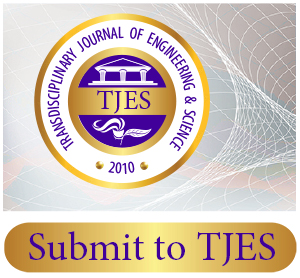A Stress Test for the HPTD-M Transdisciplinarity through Alchemical Psychology
Abstract
Many authors tend to think of Alchemy, especially the European Alchemical Tradition that remained until the 17th century, as a predecessor to modern chemistry, but it is much more. Alchemy arose in a context where there was no separation between the natural sciences, philosophy, psychology, and cultural traditions. In this context of the 17th-century European Alchemical Tradition, the Modern Western Culture emerges, based on the 18th-century technoscience development, as per the Enlightenment or “Age of Reason”, Newton’s classic physics, and Descartes mechanism. Nowadays human sciences tend to replicate mechanical patterns of hard sciences. The human conscience is not inherent to biological systems, and human processes can´t be well predicted like mechanisms. This is the basis of the Holopraxis Transdisciplinary Management (HPTD‑M) theory and praxis. So, the aim of this paper, in this connection, is to show the universality of the HPTD-M models, when stress-tested through the Alchemical Tradition, especially considering Hillman´s view in Alchemical Psychology. Tradition, philosophy, art, and technoscience are the four epistemic ways according to HPTD-M, the four main disciplines in a transdisciplinary approach. The alchemical work or opus can be divided into four parts, which relate to earth, water, air, and fire. Edinger describes these main alchemical operations, among others that we will detail below based on this author: Coagulatio, Solutio, Sublimatio, and Calcinatio. Coagulation" has to do with solids, "solution" with liquids, "sublimation" with gases, and "calcination" with fire. Also in the alchemical tradition there are four stages of the opus alchemica, which is the alchemical process of transmuting cheaper metals into more precious ones. It had four stages: nigredo (black), albedo (white/silver), citrinitas (yellow), and rubbed (red/gold). Naturally, the alchemical process was more than chemical or physical. Besides that four-element framework, Alchemy has also many dualities or complementarities involved. This author has created an alchemical model of quaternary complementarities to be compared to the already existing HPTD-M Model. The Alchemical Tradition corroborates the HPTD-M framework, through the result of this stress test represented by the analytic and synthetic models for Alchemical Tradition (Table 1 and Figure 3, respectively), in the same quaternary complementarities pattern, which suggests the universality of HPTD-M as a theory and praxis.


